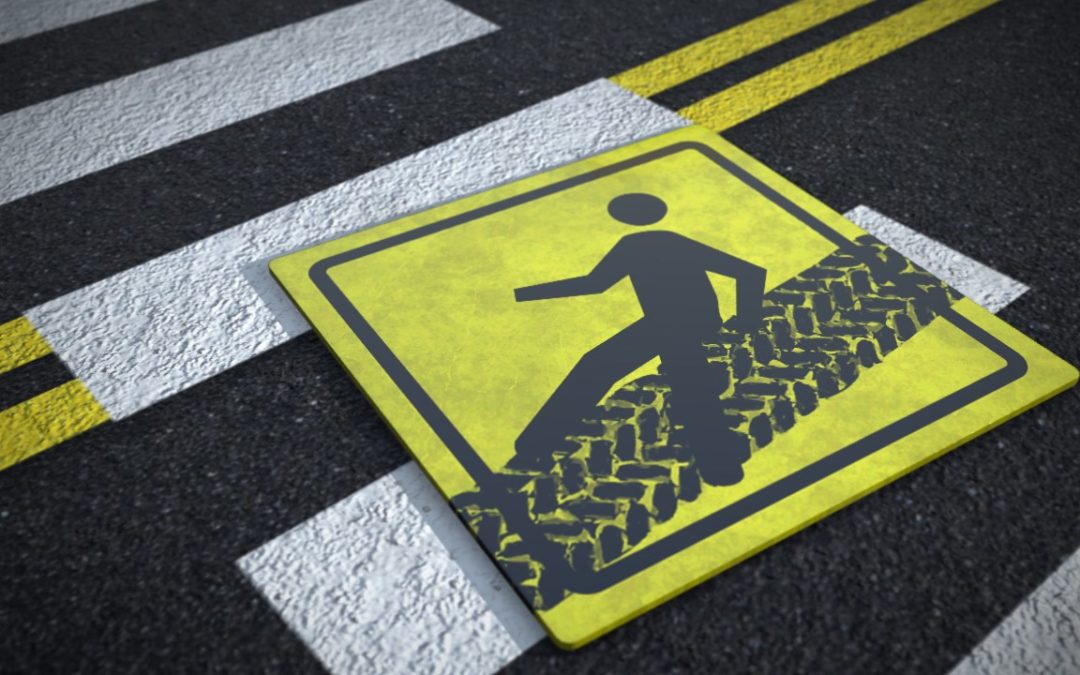In large cities every day, bustling sidewalks practically overflow with pedestrians rushing to their various destinations, while in small towns and other low-population areas, you may see only a few people waiting to cross a street at a time. Regardless of the setting, pedestrians are always at risk for injury. Any public area can pose dangers to pedestrians, including traffic accidents, construction sites, inclement weather, and infrastructure defects. The chance of an accident occurring in high-traffic intersections and roadways where motor vehicles are operated can be more a question of “when” than “if.” The difference between being well-advised and not can save your life if a crisis or an emergency should occur.
Please review the following points to help you act safely and responsibly as a pedestrian:
When Driving:
- ALWAYS be on the lookout for pedestrians, especially at intersections and in areas of high traffic, such as city centers, near playgrounds and in school zones.
- Remember that pedestrians are the most vulnerable road users and are much more likely to suffer serious injury or death in a crash than someone in a vehicle.
- Pedestrians, along with bicyclists, motorcyclists and moped riders, can be more difficult to see because of their size. Give them extra room especially when visibility is limited, such as at night, or in bad weather.
- Never attempt to pass a vehicle that has stopped to allow a pedestrian to cross.
- If you see a pedestrian with a white cane or guide dog, avoid honking the horn or revving the engine. These noises are distracting and cover important audible cues used by the blind. Also avoid blocking designated crosswalks. This makes it especially difficult for a visually impaired or blind person to cross the street.
When Walking:
- Use crosswalks or paths whenever possible. Look both ways twice and make eye contact with drivers.
- Avoid distracted walking. Don’t let your devices prevent you from paying attention to your surroundings.
- Wear clothing that makes it easier to be seen. Bright colors are best during the day, while reflective clothing should be worn at night.
For more on pedestrian safety:
https://www.nhtsa.gov/road-safety/pedestrian-safety

